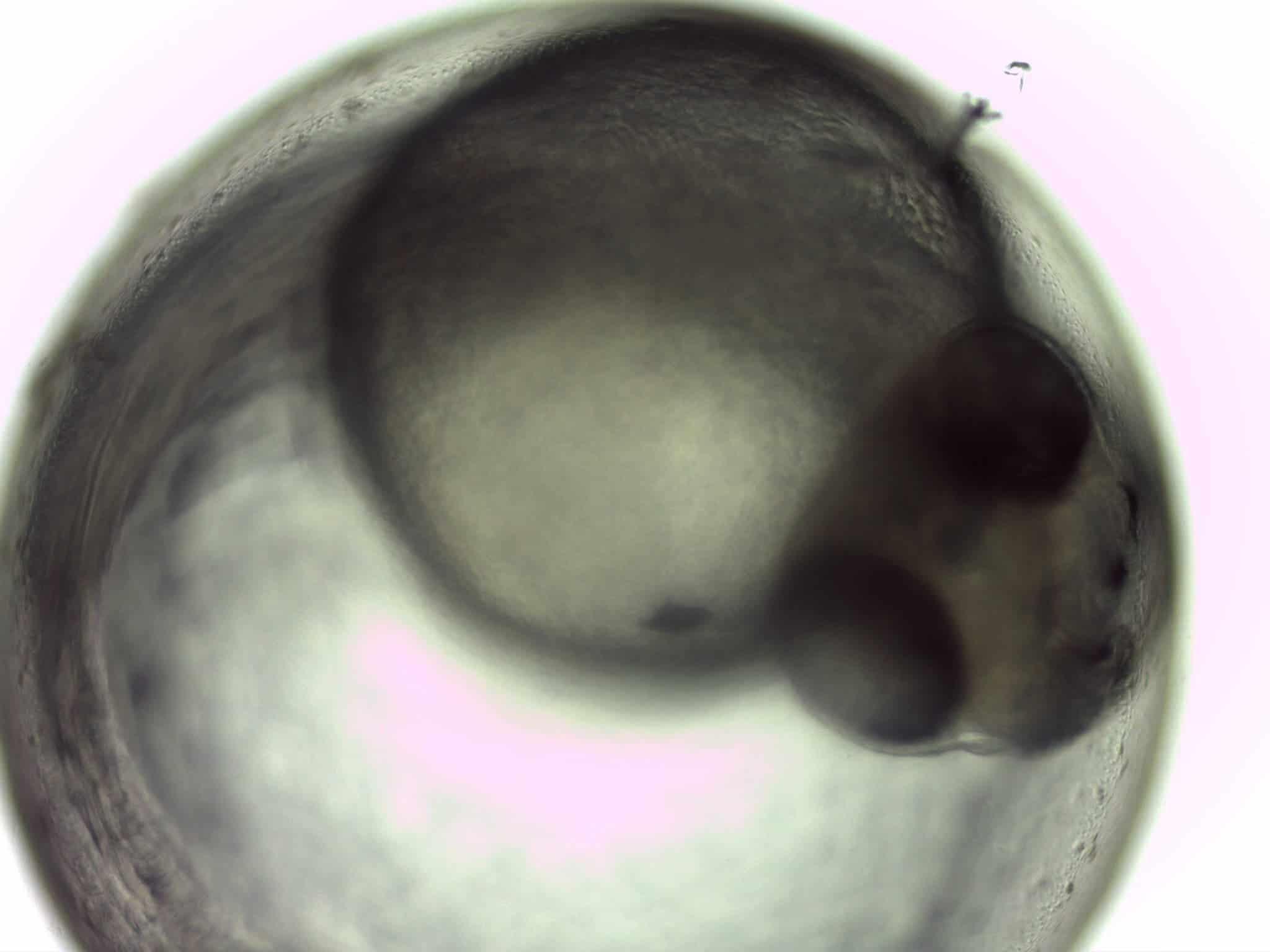It’s summertime, and for many people that means lying on a beach, going hiking, or other outdoor activities. Using sunscreen is the easiest way to protect the skin against sunburns and skin cancer. It has recently come to light that the chemicals used to filter out ultraviolet (UV) light have negative effects on marine life. A new study published in Environmental Science & Technology shows that the combination of UV filters in water can be more dangerous to fish than the individual presence of UV filters.

Most commercial sunscreens contain chemical UV filters that absorb the rays and keep them from reaching skin. Oxybenzone and octinoxate are two chemicals often used in sunscreens that are known to damage corals and impede the development of marine creatures. In general, most studies have shown that the current concentrations of individual UV filters are not so dangerous for humans or animals. Kelvin Sze-Yin Leung decided to test the long-term effects of combinations of UV filters.
Leung and his research team chose Shenzhen as the site for their study because it has a large growing urban population and more than 20 public beaches. They analyzed the levels of nine common UV filters in surface water. Seven of the nine chemicals were found in sea water, and even in reservoir and tap water. Their levels were high in most locations throughout the whole year.

In a lab experiment, the researchers fed zebrafish brine shrimp that had been exposed to three common UV filters, separately and in combination. There was a short-term (25 days) and long term (47 days) treatment. The short exposure did not affect the zebrafish’s offspring, but the 47 day exposure disrupted embryo development. Fish embryos exposed to all three chemicals had a decreased heart and hatching rate and changes in enzyme activity. The level of UV filters found in the fish that were exposed to the chemical mixtures was up to four times higher than in fish that were exposed to just one chemical.
In all, this study has shown that these UV filters are prevalent in the waters of Shenzhen and that the combination of different UV filters can be more dangerous than single chemicals.
Journal reference: Jing Li, A., Cheuk-Fung Law, J., Chow, C., Huang, Y., Li, K., & Sze-Yin Leung, K. Joint Effects of Multiple UV Filters on Zebrafish Embryo Development. Environmental Science & Technology Article. DOI: 10.1021/acs.est.8b02418




